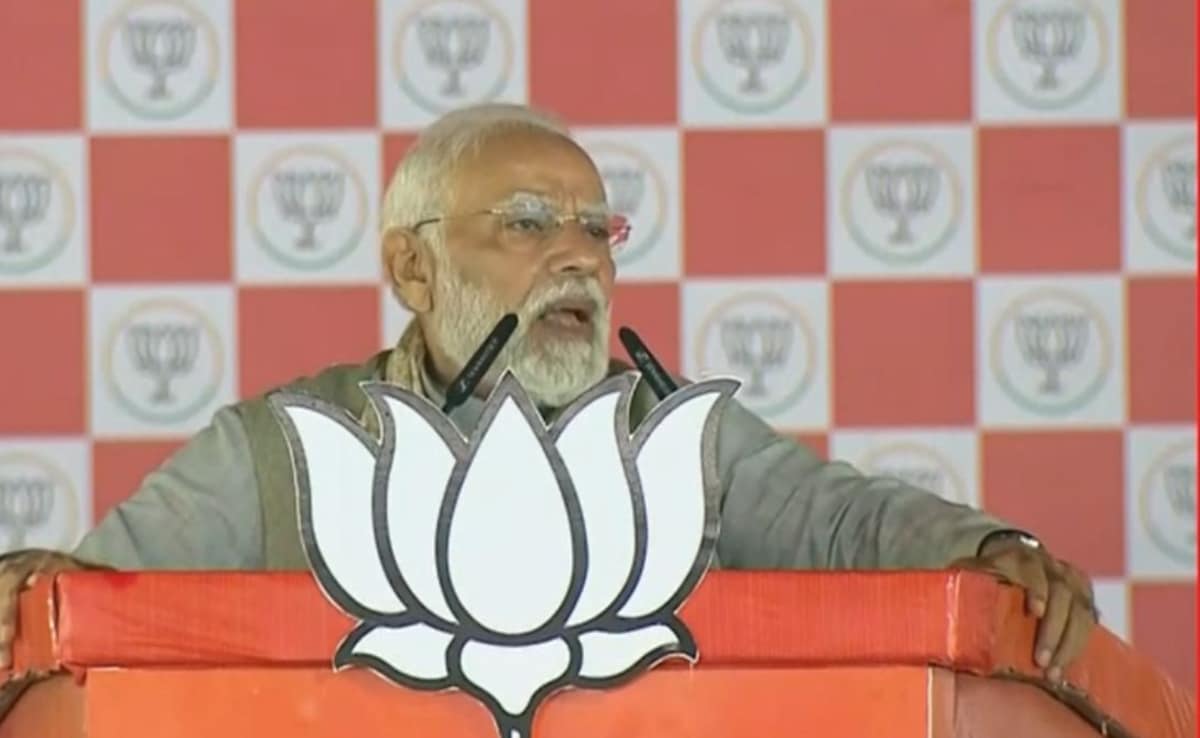ARTICLE AD BOX
Last Updated:October 30, 2025, 10:49 IST
Dr Homi Jehangir Bhabha led a life of scientific brilliance and a secret, unfulfilled love with a European musician, reflected in his art and letters

Homi Bhabha never married, choosing a solitary life in Mumbai.
India’s foremost nuclear physicist, Dr Homi Jehangir Bhabha, lived a life illuminated by brilliance and shadowed by mystery. To the world, he was the father of the India’s nuclear programme, a visionary who transformed a fledgling nation’s scientific aspirations into atomic reality. But behind his public persona of intellect and sophistication, Bhabha carried a deeply personal and unspoken story, a love that never found its name, yet left indelible traces in his life and letters.
Born on October 30, 1909, in Mumbai, Bhabha’s journey took him from the corridors of Cambridge to the salons of Europe, where science met art and music flowed with intellect. It was during these years, between the late 1920s and 1930s, that he encountered a European woman who became, by many accounts, the great, unfulfilled love of his life.
Biographers such as R Govindarajan, Gopal Raj, and Luke Sloven have written that this woman may have been an artist or a musician, possibly someone he met during his visits to Paris or Geneva. Their friendship, preserved through scattered letters and faint recollections of contemporaries, was marked by an emotional depth that Bhabha never expressed publicly. He never married, choosing instead a solitary life in his sea-facing bungalow Mehrangir on Mumbai’s Malabar Hill, a home that often resonated with music, art, and conversations with the finest minds of his time.
One of the earliest signs of this private affection appears in a letter he wrote in 1937, titled “To a Friend in Europe", from Geneva or Paris. Quoted partially by Indira Chowdhury in The TIFR Story, the letter read, “Many times I wonder how beauty and intelligence can coexist so peacefully. You have both. I constantly remember you and when I do, I become restless."
Two years earlier, in a personal diary entry from 1935, Bhabha wrote, “She played the cello tonight and the sound stayed with me for a long time. There was something in that music that I will never forget."
Historians believe the woman he referred to was a Swiss or French musician, perhaps the same person to whom he wrote again during World War II from Bombay in 1941, “India feels different without the laughter that blends into the blue skies and evenings of Geneva. Tell me, do you still play the cello?" These words reveal both nostalgia and tenderness, suggesting a relationship sustained across continents and years.
Though Bhabha’s scientific achievements took precedence, from founding the Tata Institute of Fundamental Research (TIFR) to leading India’s atomic energy programme, traces of this affection surfaced in his art. His painting “Blue Lady", created in the 1940s and preserved at TIFR, depicts a woman with light blue eyes and a gentle smile. The institute’s curator later remarked that the painting was “not an imagination but a memory".
In a 1960s letter, quoted by biographer Gopal Raj, Bhabha reflected on his solitary life, “There was a time when I thought I could share my life with someone. But life had its plans. Perhaps my truest companionship has been with ideas."
Friends like Vikram Sarabhai described him as a man whose “heart was for art, but a disciplined scientist trapped it, he always loved perfection". Indeed, perfection and purpose shaped his destiny.
Some suggest that being a Parsi, familial and social constraints may have deterred him from pursuing marriage with a European woman. Others believe Bhabha consciously chose India and science over personal happiness.
After his tragic death in the 1966 Air India Flight 101 crash on Mont Blanc, France, many of his personal letters and diaries remained locked within the archives of TIFR and his family estate. Some of these, reportedly, included private correspondence never made public, perhaps the last whispers of a love story silenced by duty.
Decades later, the SonyLIV series Rocket Boys portrayed a fictional character named “Parveen" as Bhabha’s love interest, a symbolic representation of this mysterious European woman. Though dramatised, the character captures the essence of Bhabha’s quiet yearning and unfulfilled romance.
First Published:
October 30, 2025, 10:49 IST
News india Homi Bhabha's Love Story: Was There A European Woman In The Nuclear Physicist's Life?
Disclaimer: Comments reflect users’ views, not News18’s. Please keep discussions respectful and constructive. Abusive, defamatory, or illegal comments will be removed. News18 may disable any comment at its discretion. By posting, you agree to our Terms of Use and Privacy Policy.
Read More

 2 hours ago
4
2 hours ago
4







 English (US) ·
English (US) ·